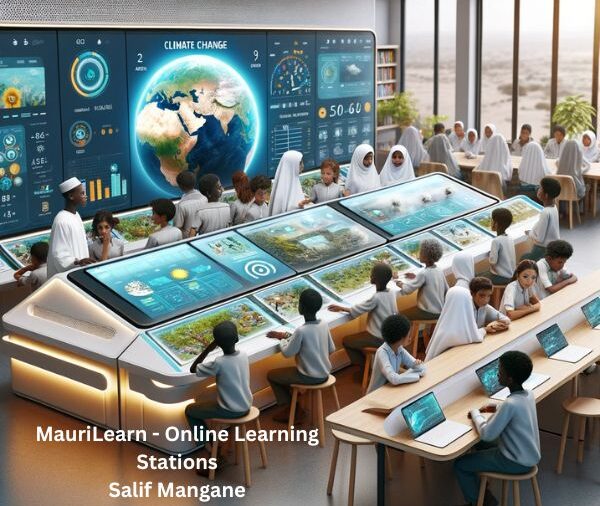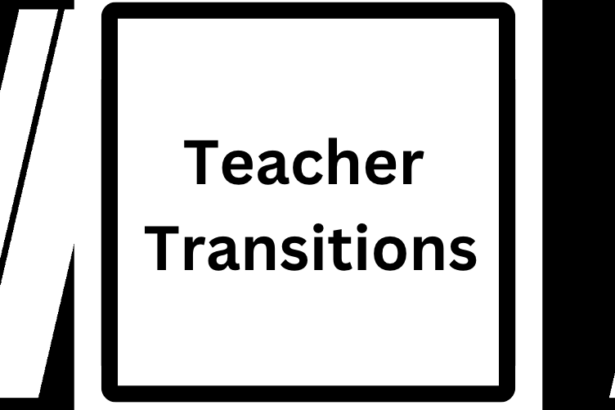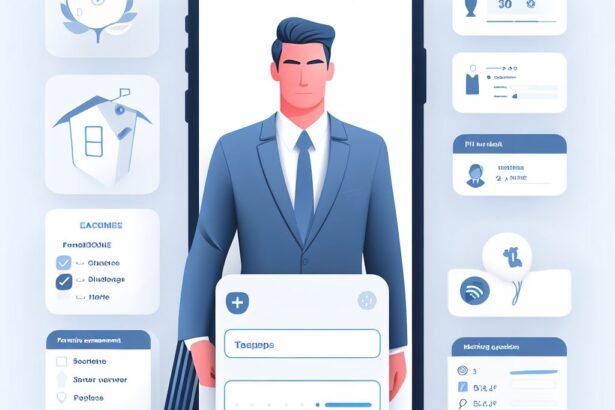In my learning design project, I embarked on the journey of creating an Interactive Learning Station with a specific emphasis on “Climate Change” for middle school students in Mauritania. This endeavor was driven by the desire to enhance the learning experience of young learners by making a critical global issue like climate change more accessible, engaging, and informative.
Learning design is not a linear process; it’s a dynamic interplay of ideas and adaptation. Throughout this project, I realized that learning design is also about reiteration, as I had to change my project design twice based on the needs of the learners. Flexibility and adaptability became my companions throughout the project, teaching me valuable lessons about the iterative nature of design.
With the advent of AI and rapid technological progress, the world is becoming increasingly globalized and digitized. It is crucial that developing countries like Mauritania are not left behind in this transformation. My project represents a step towards this goal. It aims to integrate the latest technological advancements in education, thereby equipping Mauritanian students with the necessary tools and experiences to thrive in a digital era. This integration is not merely about using new gadgets; it’s about creating a learning ecosystem where technology complements traditional teaching methods, enhancing the overall educational experience.
The Interactive Learning Station is not confined to climate change alone; it represents a larger educational ambition. This project, while initially focused on climate change, is designed with a versatile framework that can easily incorporate various other subjects. Such adaptability is a hallmark of effective learning design, allowing us to periodically update and modify the Learning Station to align with the evolving curricular demands and diverse interests of Mauritanian middle school students. This strategic flexibility not only makes the Learning Station a long-term educational resource but also ensures that it remains relevant and engaging for students by covering a wide range of topics beyond climate change.
The project holds a special place in my heart because it addresses a gap that I personally experienced in my own education journey. I have only been taught traditionally, with a teacher giving a lecture, using chalk, blackboard, and rulers. Often, we sat on the floor, and when there were not enough books, the teacher would painstakingly write the content from the book for us to copy into our notebooks or dictate passages for us to transcribe.
My learning design project serves as an exemplar of how learning design can bridge the gap between traditional education and the ever-evolving digital landscape. It showcases the power of tailored content, technology, and interactivity in creating a meaningful learning experience, all while addressing a pressing global issue – climate change. Through this project, I hope to inspire other learning designers and contribute to the advancement of the field by highlighting the potential of interactive learning stations in transforming education for the better.



